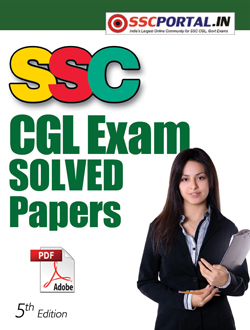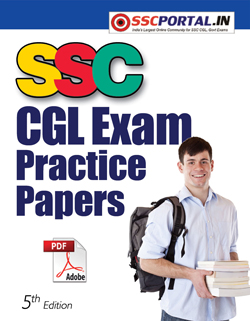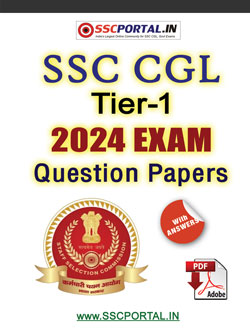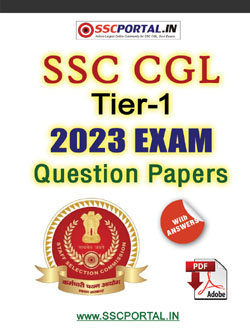NEW! SSC CGL PDF NOTES
SSC CGL MCQ : Economics
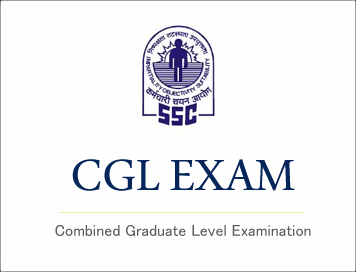
SSC CGL MCQ : Economics
1. Who is called the ‘Father of Economics’?
(a) Max Muller
(b) Karl Marx
(c) Adam Smith
(d) None of these
2. India has:
(a) Socialistic economy
(b) Gandhian economy
(c) Mixed economy
(d) Free economy
3. India opted for ‘Mixed Economy’ in:
(a) Framing of the Constitution
(b) Second Five Year Plan
(c) Industrial Policy of 1948
(d) none of these
4. ‘Mixed Economy’ means :
(a) co-existence of small scale and large scale industries
(b) co-existence of the rich and the poor
(c) co-existence of private and public sector
(d) assigning equal importance to both agriculture and heavy industries
5. Who wrote the book ‘Planned Economy for India’?
(a) M. Visvesvaraya
(b) Sardar Vallabhbhai Patel
(c) Jawaharlal Nehru
(d) Mahatma Gandhi
6. National Development Council was set up in :
(a) 1948
(b) 1950
(c) 1951
(d) 1952
7. Economic Planning is a subject:
(a) in the Union List
(b) in the State List
(c) in the Concurrent List
(d) Unspecified in any special list
8. The Planning Commission is :
(a) a Ministry
(b) a Government department
(c) an Advisory body
(d) an Autonomous Corporation
9. Planning in India derives its objectives from:
(a) Fundamental Rights
(b) Directive Principles of State policy
(c) Fundamental Duties
(d) Preamble
10. Economic survey is published by:
(a) Ministry of Finance
(b) Planning Commission
(c) Govt, of India
(d) Indian Statistical Institute
(E-Book) SSC CGL (Tier-1) Exam 2020 Solved Question Papers PDF Download
11. Dadabhai Naoroji theorised on the drain of wealth from India in his book:
(a) Poverty under British Rule in India
(b) Poverty in British Rule in India
(c) Poverty and Un-British Rule in India
(d) Poverty of Economic Drain in British India
12. The deputy chairman of the Planning Commission:
(a) is the Prime Minister
(b) is the Planning Minister
(c) holds the rank of a cabinet minister
(d) is an economist of repute
13. The Planning Commission of India :
I. was set up in 1950
II. is a constitutional body
III. is an advisory body
IV. is a government department
(a) I and II
(b) II and III
(c) I and III
(d) III only
14. Microeconomics is concerned with :
1. behaviour of industrial decision-makers
2. the level of employment
3. changes in the general level of prices
4. determination of prices of goods and services
(a) 1 and 2
(b) 2 and 3
(c) 3 and 4
(d) 1 and 4
15. The first attempt to initiate economic planning in India was made by :
(a) Balwantrai Mehta
(b) Vallabhbhai Patel
(c) M. Visvesvaraya
(d) Jawaharlal Nehru
16. In which Plan was the growth rate target exceeded?
(a) First
(b) Fifth
(c) Sixth
(d) In none
17. Put in chronological order the following special features/objectives of different Five Year Plans as they were first formulated :
1. Mahalanobis strategy
2. Modernisation
3. Removal of Poverty
4. Emphasis on employment generation
(a) 1, 2, 3, 4
(b) 2, 1, 3, 4
(c) 1, 3, 2, 4
(d) 3, 4, 1, 2
18. In India, the concepts of “minimum needs” and “directed anti-poverty programmes” were the innovations of :
(a) Fourth Five-year Plan
(b) Fifth Five-year Plan
(c) Sixth Five-year Plan
(d) Seventh Five-year Plan
19. The strategy of Rolling plan was adopted during the Prime Ministership of :
(a) Lal Bahadur Shastri
(b) Indira Gandhi
(c) Morarji Desai
(d) Rajiv Gandhi
20. The Second Five Year Plan laid more stress upon :
(a) agriculture
(b) industrialisation
(c) removing poverty
(d) self-reliance
21. The steel plants at Durgapur, Bhilai and Rourkela were established during the period of :
(a) First Five Year Plan
(b) Second Five Year Plan
(c) Third Five Year Plan
(d) Fourth Five Year Plan
22. What is the correct sequence of the following strategies used for Five Year Plans in India?
1. Balanced growth
2. Rehabilitation of the economy
3. Industrial development
(a) 1, 3, 2
(b) 2, 1, 3
(c) 2, 3, 1
(d) 3, 2, 1


